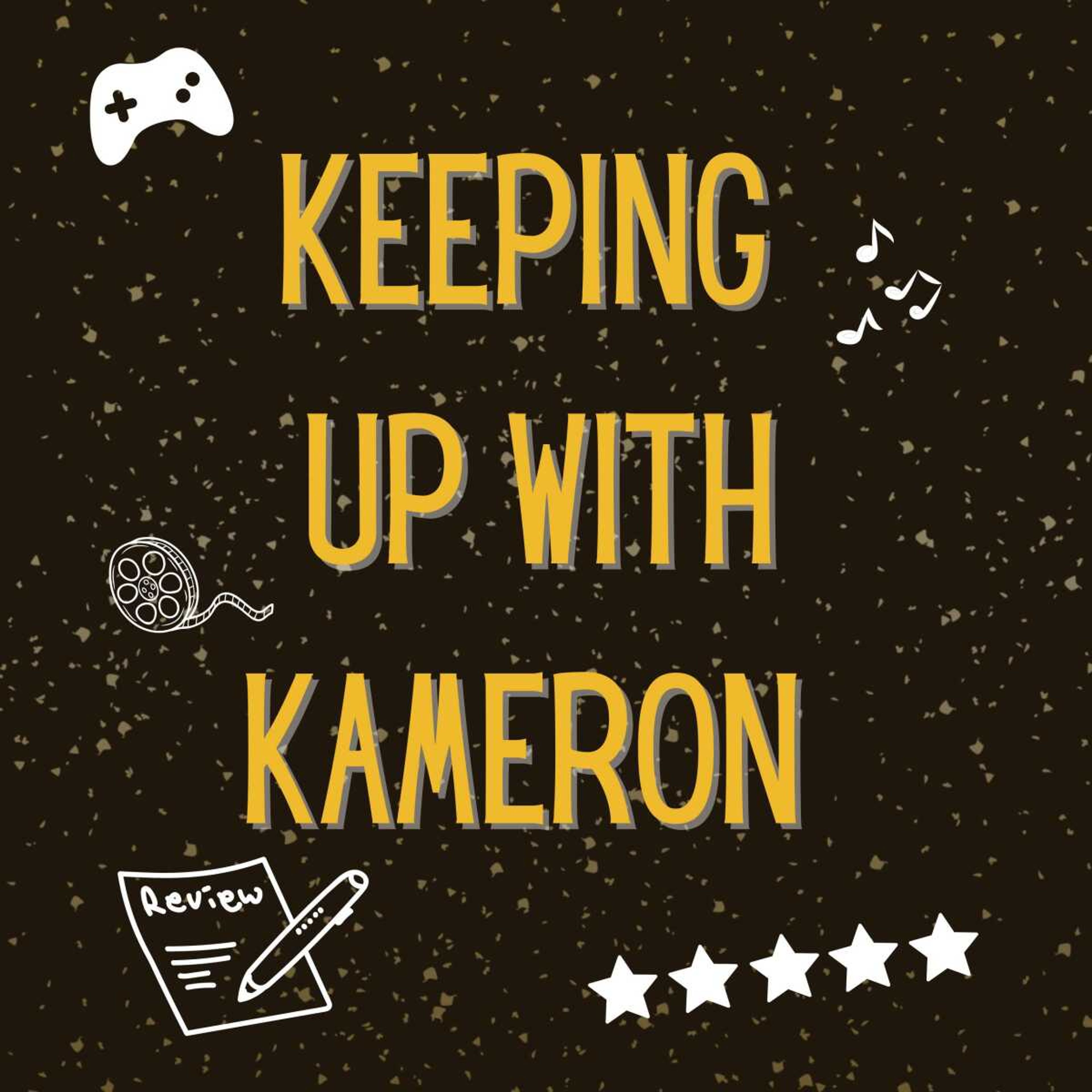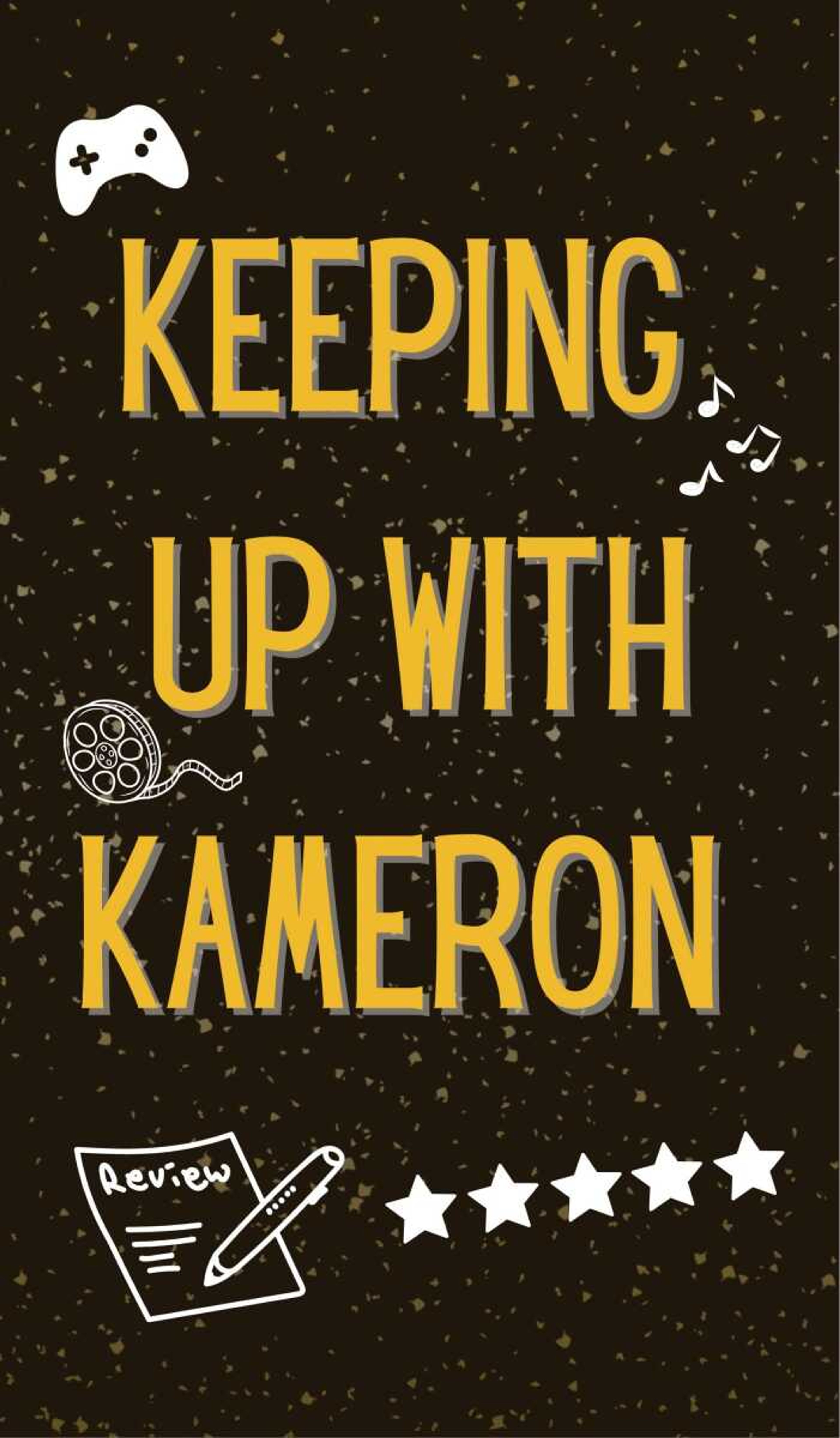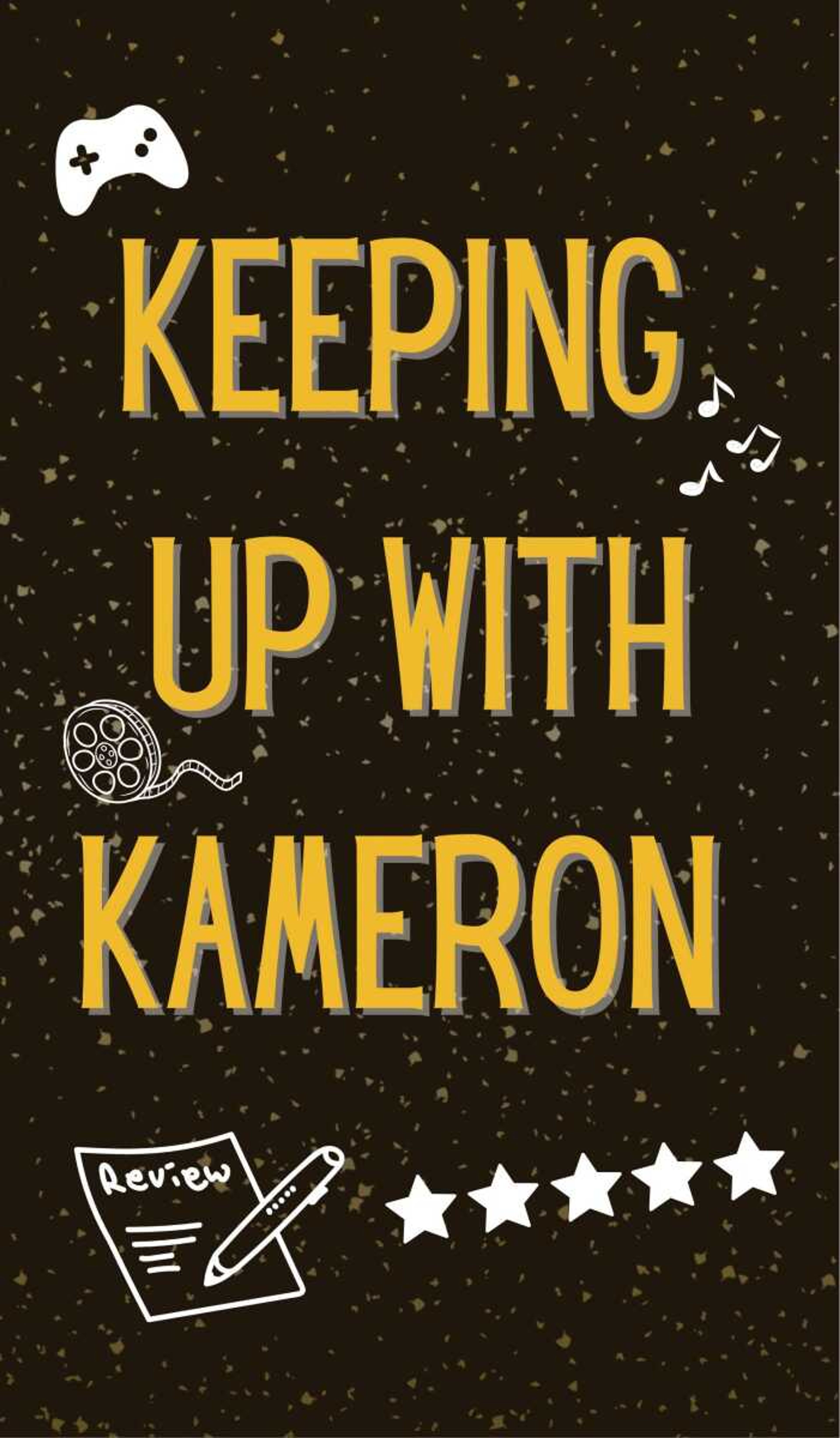There is a drastic emotional difference between being listened to and being heard. How often do you find yourself in a conversation, and feel like no matter how hard you try to communicate your thoughts or feelings, you’re not being truly understood?
Speech and communication are ingrained into everything we do. It may be hard to believe, but I was once told by a wise woman that only a small percent of what we say is actually fully understood and interpreted in conversation. Often, the words we use don’t effectively relay the information or feelings we want to communicate.
People seem to react and speak based on emotion instead of processed thought, especially in conversations where a conflict is being addressed. I learned this the hard way in many of my early relationships.
I would find myself spending so much energy talking in circles with past partners because I didn’t know the key to communication. I would try and try and try to communicate my feelings, but it seemed like they were never delivered correctly.
During a meditation teacher training I took two years ago, I learned about Nonviolent Communication, a skill which has completely changed my life and relationships. I learned to communicate in a non-judgemental and non-blaming way, which is almost always received better by the person you are communicating with.
In the yoga community, when you receive a registered yoga teaching certification (RYT), you are guided through your training by a teacher, also known as a guru. That guru was taught by another guru, a pattern that repeats until you reach some of the oldest and most traditional yoga teachers.
My “grandmother guru,” the woman who trained my guru, is Judith Hansen Lasater, a very talented woman. She and her husband, Ike K. Lasater, wrote the book “What We Say Matters: Practicing Nonviolent Communication.”
I scratched the surface of this skill in my meditation training, but dove even deeper into the benefits and mastering of the skill when reading this book. It explains the processes and approach to learning Nonviolent Communication and how to apply it to your daily life.
It’s easy to be upset about something and instantly resort to the “you made me feel'' mindset. This way of blaming others for your emotions is harmful to the conversation, because it often puts the other person into a defensive state.
I’ve learned to take full responsibility for my emotions and communicate them in a way that explains why I feel that way, without deeming the other person as the villain of the situation. This is the basis of Nonviolent Communication, and the most effective way of communicating your feelings.
When practicing Nonviolent Communication, the four steps of action are: observation, feelings, needs, and requests.
We will look at these four steps and apply them to the process of approaching a conversation with your partner. Imagine you come home to see the dishes have not been washed, when you had asked your partner to do them yesterday.
“Observation” is the action of assessing a situation without judgment. This includes observing the cause of a situation, the actions and/or reactions of both parties, and the outcome of the situation from a neutral point of view. The best way to do this is to point out an observation you and the other person can both agree on. For example, “the dishes in the sink are dirty.”
“Feelings” involves taking note of the feelings that arise in these situations and learning to take responsibility and ownership of those feelings. In this step, you would observe what feelings come up when you see the dirty dishes in the sink, saying to yourself, “I feel annoyed and put off by the dirty dishes.” Note that the wording used is “I feel,” and not “they made me feel.”
“Needs” means being able to tie those feelings to a need that is not being met. In this scenario, the feelings of annoyance and uncleanliness are due to the need for order, tidiness and teamwork not being met.
“Requests” involves communicating your observations, feelings and needs to the other person with the goal of coming to a solution. To come to this solution, you need to be able to make a request for how the situation could be approached more efficiently by both parties in the future. For example, “Next time when I ask for the dishes to be cleaned, would you be able to communicate with me what time would be best for you to do them?”
The most successful approach to making a request is to form it as a question, because when someone is given a choice, they are more likely to want to help find a solution. It’s also best to avoid using the word “should,” because when you think you can tell someone how they should act or what they should do, that projects your own expectations onto someone else. This is not effective in coming to a mutual solution and isolates each party even further.
Nonviolent Communication has benefited both my romantic and platonic relationships. I’ve learned to speak with intention rather than an emotionally driven reaction, and watched the people in my life become more comfortable communicating with me and start feeling more heard in conversation.
Learning to apply this communication style has brought satisfaction to my own need of feeling heard and understood. It’s definitely a learning process, and I still find myself having to start over from the beginning.
If you’re interested in learning more about Nonviolent Communication, check out Judith Hansen and Ike K. Lasater's book "What We Say Matters.”








